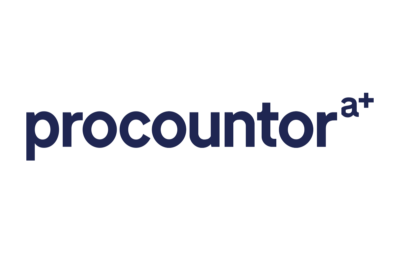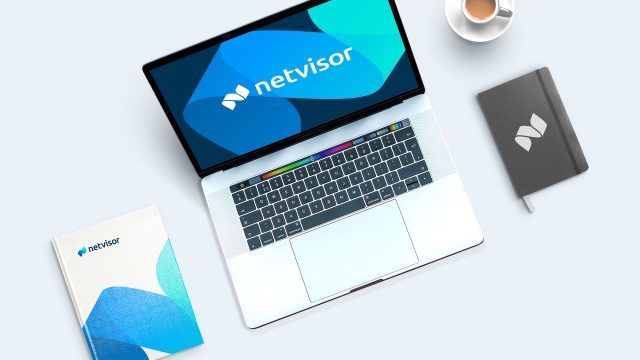Purchasing
Purchase Orders
Purchase orders are created from the purchase order main menu. When entering a purchase order it is necessary to specify both line and header information, but the order in which you do this is unimportant. While the purchase order is being created it has a status of ‘Under Construction’ during which time data that is entered is saved but not checked for validity. When the purchase order is ‘Activated’ then the validity and completeness of the data is checked, the purchase order number allocated and the purchase order is scheduled into the resource planning system. (Depending on the complexity of the purchase order and factory operations, a purchase orders may need several minutes to be activated.)
If the partner information is set up with all required fields completed, it is very easy to enter the purchase order header details. Only the customer number is required then all default values will be copied automatically to the header. If this is done before the lines are entered then this has the advantage that the price list for the customer will already be known so that line prices will be filled in automatically when entering the lines.
When entering an item onto a purchase order line, it is possible to review and select the price of the item from previous purchase orders, cost budgets or current supplier offers.
It is possible to create purchase order lines directly from the planned requirements which have been generated from sales orders and other demand items.
Purchase orders and resource planning
Purchase orders are an integral part of the resource planning system. The planning system will automatically allocate undelivered materials on purchase orders to the appropriate sales order and/or work order. When creating a purchase order it is possible to read into the new purchase order any unordered requirements existing in the system.
Purchase materials can be related to certain approved manufacturers and the manufacturers own part number system. Each manufacturer can have one or more approved suppliers for their products and one of these suppliers can be marked as the default.
In this way there is a continuous link from a product through its manufacturing processes to the purchased material and then through to the supplier and the original material manufacturer.
Ordering to another location
When entering a purchase order it is possible to specify to which location the materials will be shipped. This data is entered into the purchase order header. This feature is typically used when the manufacturing of a product is out-sourced to a subcontractor.
If the partner data is set up correctly, then the appropriate person from the subcontractor will automatically be emailed a copy of the purchase order confirmation without price data. This is so that the subcontractor company is immediately aware of the forthcoming requirements. The subcontractor is then able to carry out the receipt of these materials using the features of collaborative manufacturing.
Cost budgeting for purchasing
Multiple cost budgets can be created for purchase materials. For instance it is possible to create a cost budget for the current year and then a cost budget for a certain order quotation. Cost budgets can also be linked to foreign currencies so that the effect of currency movements can be separated from price changes.
Supplier quotations
Supplier quotations, or call-off orders, can be entered to the system. These offers include offer price, delivery time, package size, manufacturers’ part numbers etc. and can then be referred to when manually creating purchase orders. Also when using the facility for bulk purchase order creation the system can be set to select the lowest price offer with compatible delivery times.
Supplier quotations may specify a linked currency and rate in the case that the supplier gives a domestically priced offer with a price linked to a foreign currency rate.
Bulk creation of purchase orders
It is possible to have purchase orders created automatically in bulk. The system can do this by using information from sales orders, sales forecasts, work orders, inventory status and other purchase orders together with information about procured materials, their suppliers and current offers. In short, if all these items are under control in the system then the bulk creation of purchase orders will be successful.
When the bulk creation of purchase orders has been run, the result is a number of purchase orders with a status of ‘Planned’. These purchase orders need to be reviewed and activated individually before sending to the supplier.
From the purchase main menu, it is possible to access the control panel for running this operation.
Receiving purchased materials and invoicing
The procedure for receiving purchased materials and purchase invoicing are described in the Factory and Invoicing sections of this handbook respectively.
We work with Xero.
Interested in our services?
We’re here to help!
Contact
UK: 0800-0337642
EU: +358 9-5655 180
INT: +44 844-8797662
support@manuonline.com
Company ID: 07273799.
VAT reg: GB 995439263
Mailing Address
United Kingdom
Manu Online Ltd
4500 Parkway, Whiteley
Fareham
PO15 7AZ
International
Manu Online Oy
Veikkointie 4
03100 Nummela
Finland





